Can poverty and misery be photographed well? This is a question we sometimes ask ourselves. After all, photographing people and then publishing the photos can be a challenge in itself. If you want to separate poverty and misery, a few more questions arise.
Photographing people - and publishing the photos
To begin with, even before we consider the issue of poverty and misery, we can look at the issue of photographing other people and then publishing the photos. This issue may need its own post, really. In short, you can say that you need to relate to both laws and rules, and to ethics.
According to the General Data Protection Regulation (GDPR), photos where people can be recognised are considered personal data, which means that you have to follow certain rules. However, if you have a publishing licence, which we at FREEDOMtravel have, it is possible to publish certain information that would otherwise not be allowed under the GDPR. Then there is of course the fact that there may be different laws and regulations in each new country you visit...
We tend to be reasonably cautious, both for legal and ethical reasons. We take, and publish, photos of crowds, people at a distance, and people from behind without hesitation. If we photograph people up close, we usually ask for permission to publish.
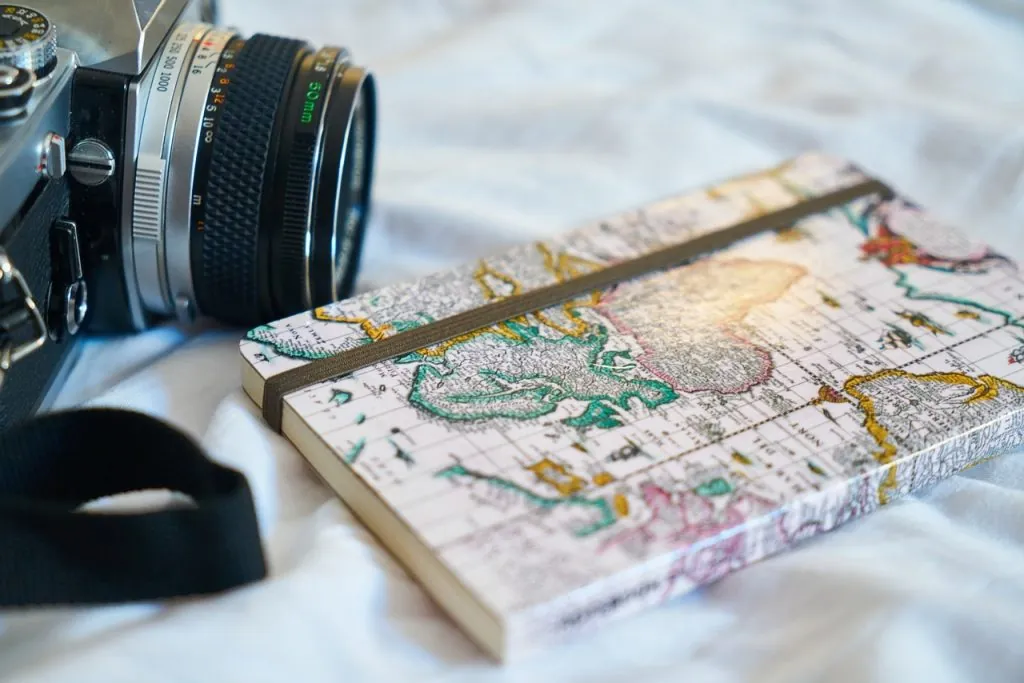
Can poverty and misery be photographed well?
The next question, the main question for today's reflection, is whether poverty and misery can be photographed well? For example, photographing people living in poor conditions, or photographing the homes of poor people. This involves, in our opinion, some additional tricky aspects.
When you ask for permission to photograph people, it is often because you want to show something positive. You might want to tell them about a nice meeting with a group of people, show off their beautiful clothes or take a photo of them in front of their cosy café. So, if you had a nice encounter with a group of poor people, taking a photo of them might feel natural and positive. But photographing them only because they are poor, it can feel strange and perhaps even disrespectful.
At the same time, there may be a point in showing and telling the story of people in a country living in poverty and facing daily challenges. If you just tells us about the luxurious and beautiful things in a country, then it becomes a distorted picture. But how do you photograph poverty and misery in a good and respectful way?
We find that sometimes it's natural to take photos of our surroundings, whether it's exclusive or spartan housing. Other times we find it difficult. Here in South Africa, where you are advised not to go into townships on your own, but you can always see them from the motorway, it's particularly tricky.
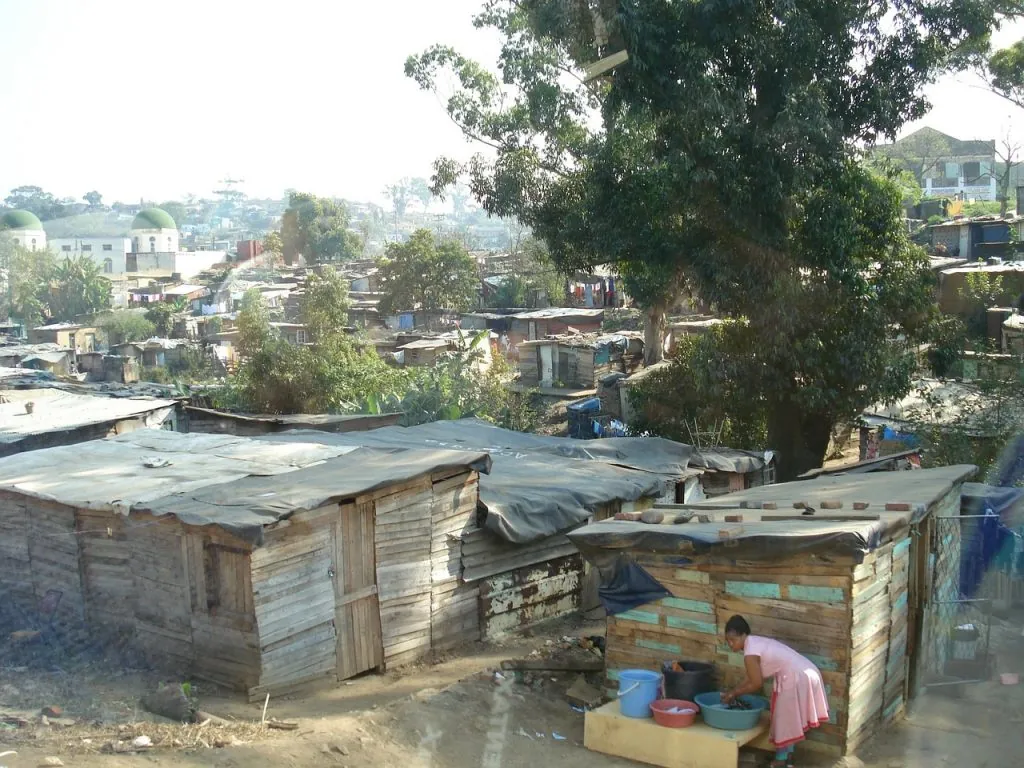
How do you feel about photographing poverty and misery?
What do you think about photographing people while travelling - and about photographing poverty and misery? We want to hear your thoughts!


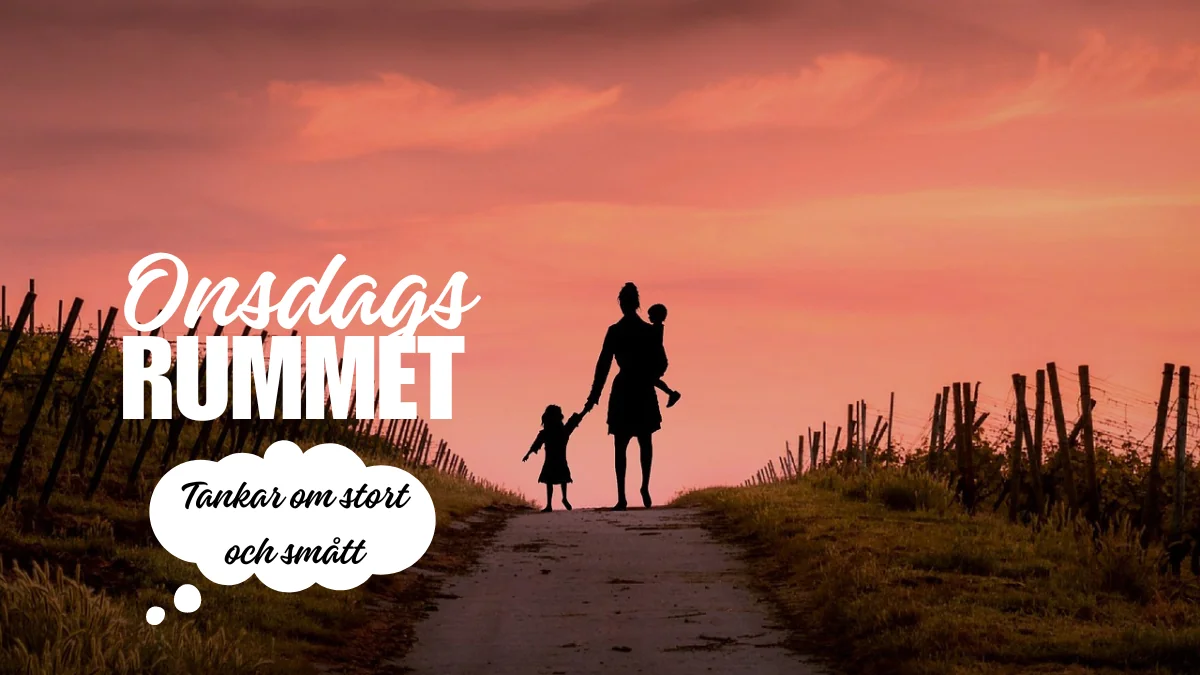






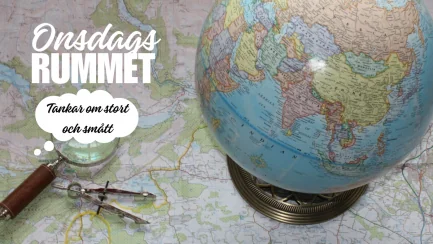
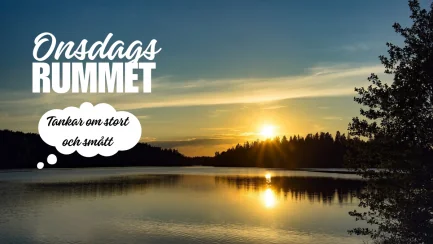

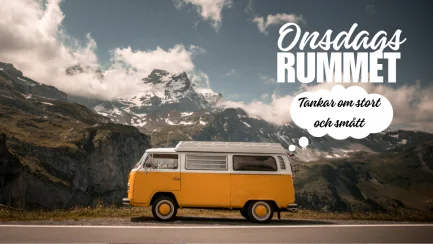

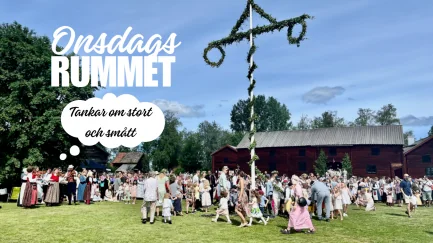



Anna Nilsson Spets says:
Tricky question. I usually travel in very poor countries with extremely poor housing, dirty and sick children, hopeless parents, etc. I ask 99 per cent if it's ok because I want to show through my pictures that the world is different for so many people. That message is important. But then there is the ethical aspect, should you let others wallow in the misfortune of others. Difficult.
28 February 2024 - 6:29
Helena says:
I think you often manage to take very good and respectful pictures of people, many of whom live in simple conditions. Often as part of a story, where it comes naturally. But yes, good to think sometimes!
28 February 2024 - 16:34
Annar Aas says:
I like your reasoning, but to only depict rich whites in South Africa still feels wrong. The majority are coloured and many live in misery. We know this through media and literature... Those who care about the world know where the poverty is, it does not need to be portrayed on travel blogs. Thank you for your reports.
28 February 2024 - 9:38
Helena says:
Yes, here in South Africa it has been particularly striking. In the Philippines, we also met a lot of people who live a simple life, but there it felt more natural to photograph because we often moved around these areas, talked to these people, etc. Here in South Africa, it's so segregated, and because of the crime rate, you don't move around much in poor areas. But you do see them, and as you say, the majority of the population is coloured and a lot of them live in very, very basic conditions. We feel the need to talk about more aspects of South Africa than the touristy ones and are planning a different post for Saturday. Not so much descriptive photos perhaps, but we will try to tell the story in a different way.
28 February 2024 - 16:39
Anna Nilsson Spets says:
You have a point, but not everyone embraces poverty. I think it is important to show the other side of the coin, the one that is just a stone's throw away from the hotels and resorts.
29 February 2024 - 6:08
JoY says:
It's a tricky question, it's kind of wrong to just take pictures of wealth when there is so much poverty. The picture you show of the so-called shanty town, such a picture is enough and says so much. Taking almost portrait pictures is tricky and then asking for permission. How do you ask that question and explain what the picture will be used for, in a language you don't speak (English is spoken here) and does the person understand the reach of social media? Something to think about if you think about it more than just pressing the camera's shutter button. Keep up the good work on your journey.
28 February 2024 - 13:35
Helena says:
Yes, a picture can say a lot! The picture of the shanty town (which we borrowed from an image bank) shows roughly what it looks like in the shanty towns here, and I think it was even taken in South Africa. That's a good point you make, too, about explaining what the image will be used for. It can be quite difficult to explain something "quick and easy".
28 February 2024 - 16:41
Eva says:
I don't feel at all comfortable photographing poor and/or vulnerable people, unless you get some kind of contact first and then ask for permission. This applies to people in general, by the way.
(Have written my thoughts in the post: Photographing people, link below)
28 February 2024 - 18:22
Helena says:
Good reflections in your post Eva! (You get to the post when you click on "EVA"!) Agree that it often feels natural when people dress up, play a role or similar, then the person may already be mentally prepared for photos to be taken. Then you can ask, but then it often becomes double, ie I want to ask both if I can take photos and if I can publish the photo on my blog, which is not always easy to explain a little quickly. I can also think that payment is perfectly fine. It's a transaction and both parties are probably happy with the transaction.
29 February 2024 - 6:40
Yossu says:
This question came as if on cue. I have some pictures from my hike in the Andes where people are visible that I've been trying to make sense of. And it's really difficult.
When I write about an experience and have a picture where someone's face is clearly visible, I usually ask myself if that picture is really needed, or if I can depict the experience in a good way anyway.
And it becomes even more difficult in the case of poverty, when the person in the picture does not symbolise a positive experience.
28 February 2024 - 19:09
Helena says:
Yes, these questions come up when photographing people in general as well ... I like to have people in the picture, so it looks natural, but I often try to wait to snap the picture until no one is "directly in focus".
29 February 2024 - 6:42
BP says:
I don't think you want to photograph misery and poverty. I want to photograph reality, whether it is rich or poor. But if you are advised not to visit poor areas then it is much more difficult to depict reality. Anna Nilsson Spets is an expert at photographing local people. And even if she has to pay for people to come along, she does it.
I only have experience of Gambia and Morocco, and there they were more than happy to help. Sometimes they received a coin or a gift.
I am quite unafraid to take "mammarazzi" pictures both here and abroad. Only in public places, of course.
28 February 2024 - 20:32
Helena says:
Totally agree with you that Anna takes fantastic photos of locals!!!! We have also paid people sometimes, in Vietnam for example. And in the Philippines it felt quite easy to take natural photos of people we met in different contexts. Here we think it's trickier, but on Saturday we will publish a different post, telling you about the country in a different way.
29 February 2024 - 6:49
Anna Nilsson Spets says:
Thank you ! Yes, I have paid for photos once, in Ethiopia, when the local tribes dressed up for tourists. Otherwise... I ask, if I get a no for a portrait, I accept. I must admit that I sneak around the corner and use the zoom sometimes.
02 March 2024 - 6:58
Lotta says:
Fantastically well written!
28 February 2024 - 22:01
Helena says:
Thank you very much! Glad you appreciated it!
02 March 2024 - 6:36
Lena - good for the soul says:
Yes, that's really tricky! I generally avoid taking pictures of people where faces are visible. And in situations where it can be perceived as patronising to take a picture, I don't. At least that's the basic idea.
Hug Lena
01 March 2024 - 10:31
Helena says:
Sure, it can be a bit tricky! Good to have a basic idea to start from!
02 March 2024 - 6:37